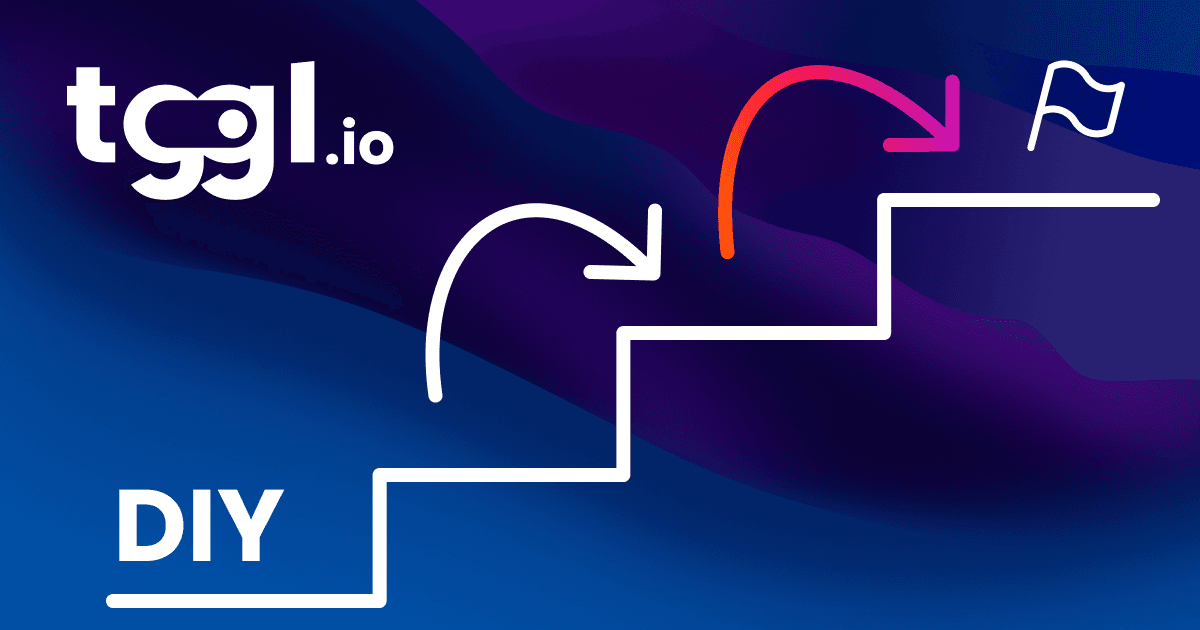Boosting deployment frequency: how to deliver features faster

Increasing deployment frequency is a key goal for teams aiming to deliver value faster and respond to user needs quickly. But while deploying more often can accelerate innovation, it also requires a balanced approach to ensure releases remain stable and secure.
In this article, we’ll explore strategies for boosting deployment frequency without sacrificing release safety. From automating deployment pipelines to using feature flags for controlled rollouts, these practical tips will help you deliver new features faster while keeping risks low.
Why deployment frequency matters for agile teams
Frequent deployments are a game-changer for agile teams, allowing you to ship updates faster, respond to feedback quickly, and continuously improve your product. By breaking down larger releases into smaller, incremental updates, you reduce the complexity of each deployment and make it easier to identify and fix issues. This leads to a smoother release process and a product that evolves in line with user needs.
Beyond agility, high deployment frequency is about maintaining momentum. When you’re able to push out changes regularly, it creates a steady flow of value to users. Instead of waiting on long development cycles, users get new features, bug fixes, and improvements on a consistent basis.
But the goal isn’t just to deploy frequently—it’s to do so safely. Each deployment should be stable and minimize disruptions. That’s why maintaining a safe, frequent release process requires the right practices and tools, which we’ll cover in the next sections.
Challenges to increasing safe deployment frequency
Boosting deployment frequency can be incredibly beneficial, but it comes with a few key challenges. Addressing these issues early on helps ensure that your releases are not only faster but also safe and stable. Here are some common obstacles teams face when increasing deployment frequency:
- Risk of production failures: With more frequent releases, there’s a higher chance of introducing bugs or disruptions. Each deployment introduces changes to the system, which can affect stability if not carefully managed.
- Complex release processes: Manual steps in the deployment process add time, create opportunities for human error, and can slow down the release cycle. Complex, drawn-out processes make it challenging to keep up a high deployment pace without sacrificing safety.
- Testing bottlenecks: Ensuring thorough testing without delaying deployments can be tricky. Relying solely on lengthy test cycles can lead to bottlenecks, while inadequate testing increases the risk of issues slipping through to production.
Addressing these challenges requires a strategic approach that combines automation, testing, and controlled rollouts. In the next section, we’ll look at specific strategies that can help increase deployment frequency safely and effectively.
Strategies to boost deployment frequency safely
Increasing deployment frequency is achievable with the right approach and tools. Here are some practical strategies to help you deploy faster while keeping releases safe and stable:
- Automate your CI/CD pipeline Automating your continuous integration and continuous delivery (CI/CD) pipeline is key to boosting deployment frequency safely. Automated pipelines streamline the testing and deployment process, reducing the chances of human error. With automated tests, code is continuously validated, catching issues early and keeping your releases reliable.
- Use feature flags for controlled releases Feature flags allow you to release code to production without making it visible to all users immediately. This means you can turn features on or off based on user segments, which enables safer, more controlled rollouts. By using feature flags (such as those offered by Tggl), you can release updates to a smaller group, monitor performance, and make adjustments before a full rollout.
- Implement real-time monitoring and alerts Real-time monitoring and alerts help you catch issues as soon as they arise. By setting up monitoring on critical parts of your application, you’ll be able to respond to incidents quickly, even with frequent deployments. Alerting systems notify you of anomalies or potential problems, allowing you to investigate and fix issues before they affect users.
- Shift left on testing and use incremental changes "Shifting left" on testing means moving testing earlier in the development cycle to catch issues sooner. By running tests during the initial stages of coding, you can avoid delays caused by last-minute testing bottlenecks. Additionally, deploying smaller, incremental changes reduces the risk of large-scale issues and makes troubleshooting easier if something does go wrong.
With these strategies in place, you can safely increase your deployment frequency, delivering updates faster while maintaining a reliable product experience for users.
How Swan achieved fast, safe deployments with Tggl
A great example of safely increasing deployment frequency is Swan, a fintech company that used Tggl to streamline their release process. With Tggl’s feature flagging capabilities, Swan was able to adopt a more agile approach to deployments, increasing speed without compromising stability.
Here’s how Tggl helped Swan boost their deployment frequency:
- Controlled feature rollouts: Using Tggl’s feature flags, Swan deployed new features to small user segments before a full release. This controlled rollout allowed them to monitor feature performance and address any issues before expanding availability, significantly reducing the risk of production failures.
- Faster response to issues: With Tggl, Swan’s team could quickly disable or adjust features in real time, minimizing downtime and improving their Mean Time to Recovery (MTTR). This flexibility gave them confidence to release more frequently, knowing they could rapidly respond to any unexpected behavior.
By leveraging Tggl’s feature management tools, Swan achieved faster and safer releases, improving both their deployment frequency and their overall development agility. For more details, check out the full case study here.
Conclusion
Increasing deployment frequency is one of the best ways to deliver value faster, stay responsive to user needs, and keep your product evolving. But achieving high deployment frequency without compromising safety takes a strategic approach. By automating your CI/CD pipeline, leveraging feature flags for controlled rollouts, implementing real-time monitoring, and shifting left on testing, you can deploy more frequently while ensuring each release is reliable and secure.
As seen in Swan’s case, tools like Tggl make it easier to maintain high deployment frequency safely, allowing teams to deliver updates incrementally, respond quickly to issues, and reduce the risks associated with frequent releases.
With the right practices and tools in place, you can enjoy the benefits of fast, secure deployments that keep your product moving forward without sacrificing quality.


